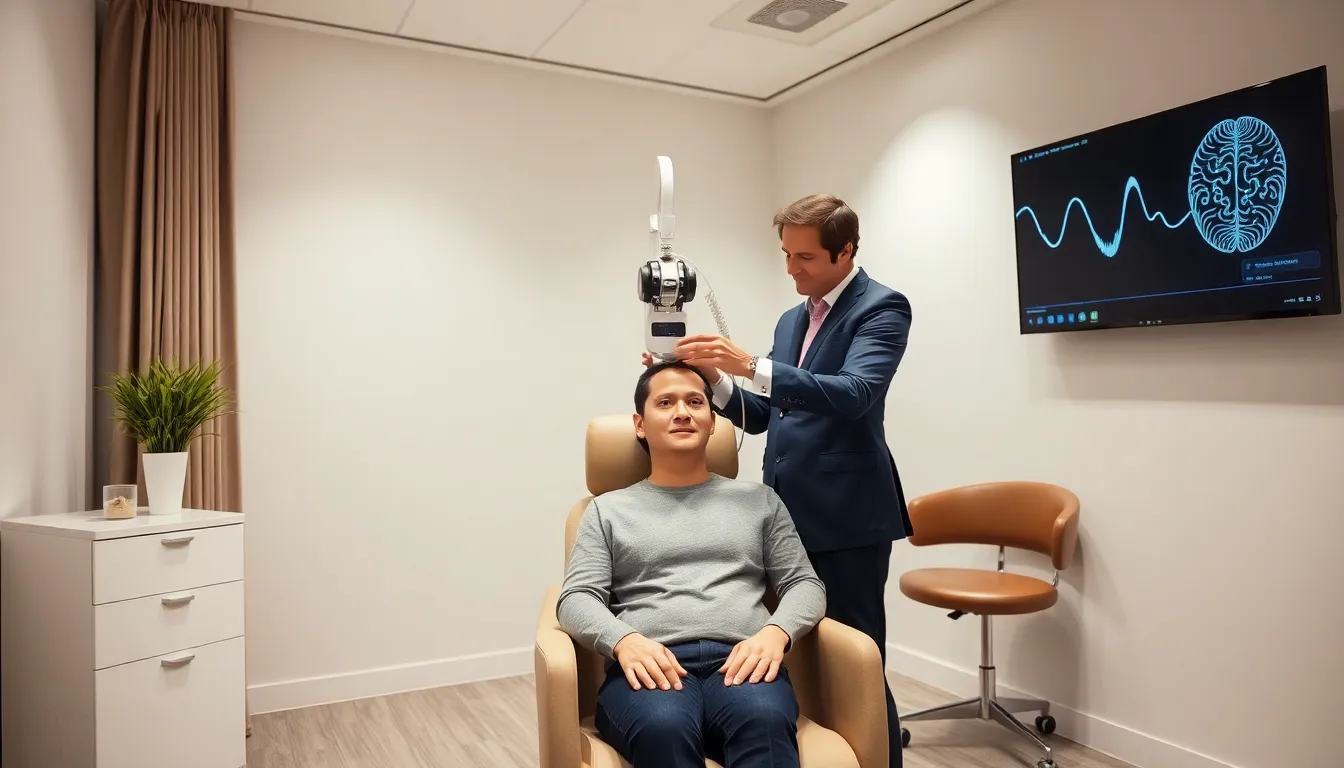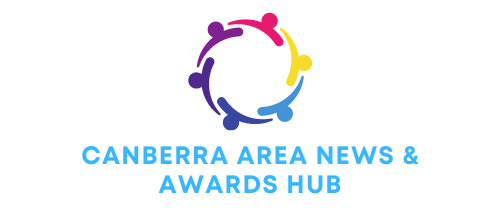Transcranial Magnetic Stimulation (TMS) is an effective, non-invasive treatment for depression, particularly when standard therapies like antidepressants or psychotherapy have not provided adequate relief. Clinical studies demonstrate that approximately half of patients experience significant symptom improvement, whilst roughly one-third achieve full remission from depression. TMS works by using focused magnetic pulses to stimulate underactive brain regions associated with mood regulation, without the systemic side effects typical of medication such as weight gain or cognitive impairment. The treatment is most beneficial for adults with moderate to severe depression who have not responded to previous treatments, with sessions typically lasting 20–40 minutes over several weeks. Clinics like Neuralia TMS tms for depression in Melbourne provide this approved therapy with comprehensive patient assessment, monitoring throughout treatment, and minimal side effects—usually only mild scalp discomfort or temporary headache that resolves quickly.
Key Takeaways
- Transcranial Magnetic Stimulation (TMS) is an effective, non-invasive treatment for depression, especially when standard therapies fail.
- Clinical studies show that about half of people with depression see significant symptom improvement with TMS, and roughly a third achieve full remission.
- TMS works by stimulating underactive brain areas linked to mood without the systemic side effects typical of medication.
- This therapy is particularly beneficial for adults with moderate to severe depression who have not responded to antidepressants or psychotherapy.
- The procedure is safe, with most patients only experiencing mild side effects like scalp discomfort or headache, and serious risks are rare.
Understanding TMS: What Is It and How Does It Work?

TMS stands for Transcranial Magnetic Stimulation. It uses magnetic pulses to stimulate specific areas of the brain linked to mood regulation. During a TMS session, patients sit comfortably while a device is placed against their scalp, usually at the left dorsolateral prefrontal cortex, an area related to depression.
The treatment is non-invasive, doesn’t require anaesthesia, and is usually conducted in a clinic setting. At Neuralia TMS in Melbourne, sessions typically last between 20 and 40 minutes. Most patients undergo several sessions over the course of a few weeks.
TMS aims to activate brain cells in underactive areas associated with depression, offering a potential alternative when medications or therapy haven’t been effective.
The Science Behind TMS and Depression
Research shows that people with depression often have reduced activity in certain parts of the brain responsible for mood, motivation, and thinking. TMS uses focused magnetic energy to gently stimulate these areas, encouraging nerve cells to become more active.
By restoring this activity, TMS can help rebalance brain function and improve depressive symptoms. This process does not involve electrical currents or cause seizures, distinguishing it from older forms of brain stimulation. Over the past decade, evidence has grown to support the safety and potential of TMS as a therapy for depression, including support from leading health authorities in Australia, Europe, and the US.
Clinical Effectiveness: What the Studies Say
Several clinical trials and real-world studies have examined how well TMS works. According to published data, about one in two people receiving TMS for depression see a significant reduction in their symptoms, while about one in three achieve full remission. The benefit appears to be most notable for those who haven’t responded to at least one antidepressant in the past.
A major review published in The Lancet Psychiatry in 2021 found that TMS is more effective than a placebo (sham) treatment, especially for people with treatment-resistant depression. These studies usually define success as a notable decrease in depression scores on standard rating scales. At Neuralia TMS in Melbourne, clinical outcomes are monitored throughout the course of therapy, allowing treatment to be adjusted according to the patient’s response.
While not everyone responds, TMS offers a safer alternative to more invasive procedures, and the evidence base continues to grow.
Who Is Most Likely to Benefit from TMS?
TMS is most often recommended for adults with moderate to severe major depressive disorder who haven’t improved even though trying antidepressant medication and talking therapy. People who are sensitive to medication side effects, pregnant, or unable to tolerate other treatments may also be good candidates.
At Neuralia TMS and other experienced clinics, patients undergo a full assessment before starting treatment to ensure TMS is likely to be suitable and safe. Factors such as the length and severity of depression, previous treatment attempts, and general medical history are all considered.
TMS is not recommended for individuals with pacemakers, implanted metallic devices in their head (excluding dental work), or a history of epilepsy, due to a small risk of seizures. Still, for many, TMS provides a crucial alternative when other options have fallen short.
TMS Compared to Other Depression Treatments
TMS differs from medications and psychotherapy, it targets the brain directly but without the systemic side effects of medication, such as weight gain or sleep problems. Unlike electroconvulsive therapy (ECT), TMS does not require anaesthesia, has far fewer cognitive side effects, and is delivered in an outpatient clinic during waking hours.
In practice, TMS is often considered after at least one or two trials of medications, though in special cases it may be an earlier option. While medications and therapy remain the first-line treatments for most moderate depression, TMS is increasingly offered for those with persistent or resistant symptoms.
Neuralia TMS works closely with psychiatrists, GPs, and psychologists in Melbourne to ensure patients receive a comprehensive, tailored mental healthcare plan.
Potential Risks and Side Effects
The majority of people undergoing TMS experience minimal side effects, especially compared to some depression medications. The most common side effect is mild scalp discomfort or headache during and shortly after the session, typically resolved with simple pain relief. These effects usually ease up as treatment progresses.
Less commonly, some might notice tingling or twitching of facial muscles during stimulation. The risk of a seizure is rare, estimated at less than 0.1%. Serious side effects are extremely rare, but every patient at Neuralia TMS has their suitability and risk profiles assessed thoroughly beforehand.
Patients are always monitored during sessions in case of discomfort. Because TMS doesn’t impact memory or cognition, people can resume regular activities immediately after treatment.
Frequently Asked Questions about TMS for Depression
Does TMS really work for depression?
Yes, evidence suggests that Transcranial Magnetic Stimulation (TMS) is effective for depression, particularly in people who have not responded to traditional treatments. Studies indicate that about half of patients see significant improvement, with one in three achieving full remission.
How does TMS treat depression differently than medications?
TMS treats depression by using magnetic pulses to stimulate specific brain regions involved in mood regulation, unlike medications that affect the brain’s chemistry systemically. TMS is non-invasive, has fewer side effects, and does not require anaesthesia or systemic drugs.
Who is most suitable for TMS treatment for depression?
TMS is most often recommended for adults with moderate to severe depression who have not improved after trying antidepressant medications or therapy. It is also suitable for people sensitive to medication side effects or those unable to tolerate other treatments.
Are there any side effects or risks with TMS for depression?
The most common side effects are mild scalp discomfort or headache that usually resolve with simple pain relief. Serious risks, such as seizures, are extremely rare. TMS does not cause memory loss or major cognitive side effects, and most patients can resume normal activities immediately.
How long does it take to see results from TMS therapy?
Most patients begin to notice improvement in their depression symptoms after several sessions, typically within two to four weeks. The number of sessions and individual response may vary, so progress is monitored and treatment adjusted as needed.
Is TMS available through the NHS in the UK?
While TMS is approved for use in the UK and recommended by the National Institute for Health and Care Excellence (NICE) for depression, its availability on the NHS may be limited, with wider access in private clinics and some NHS trusts.

